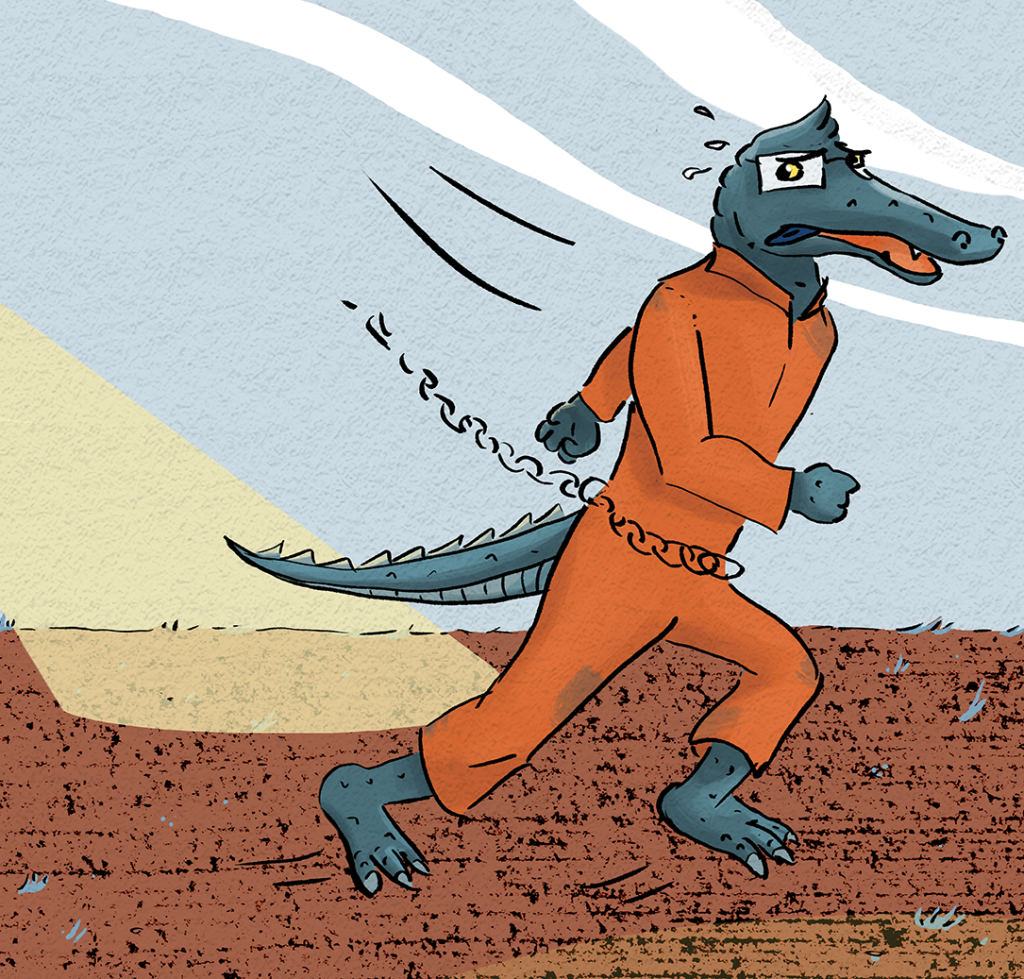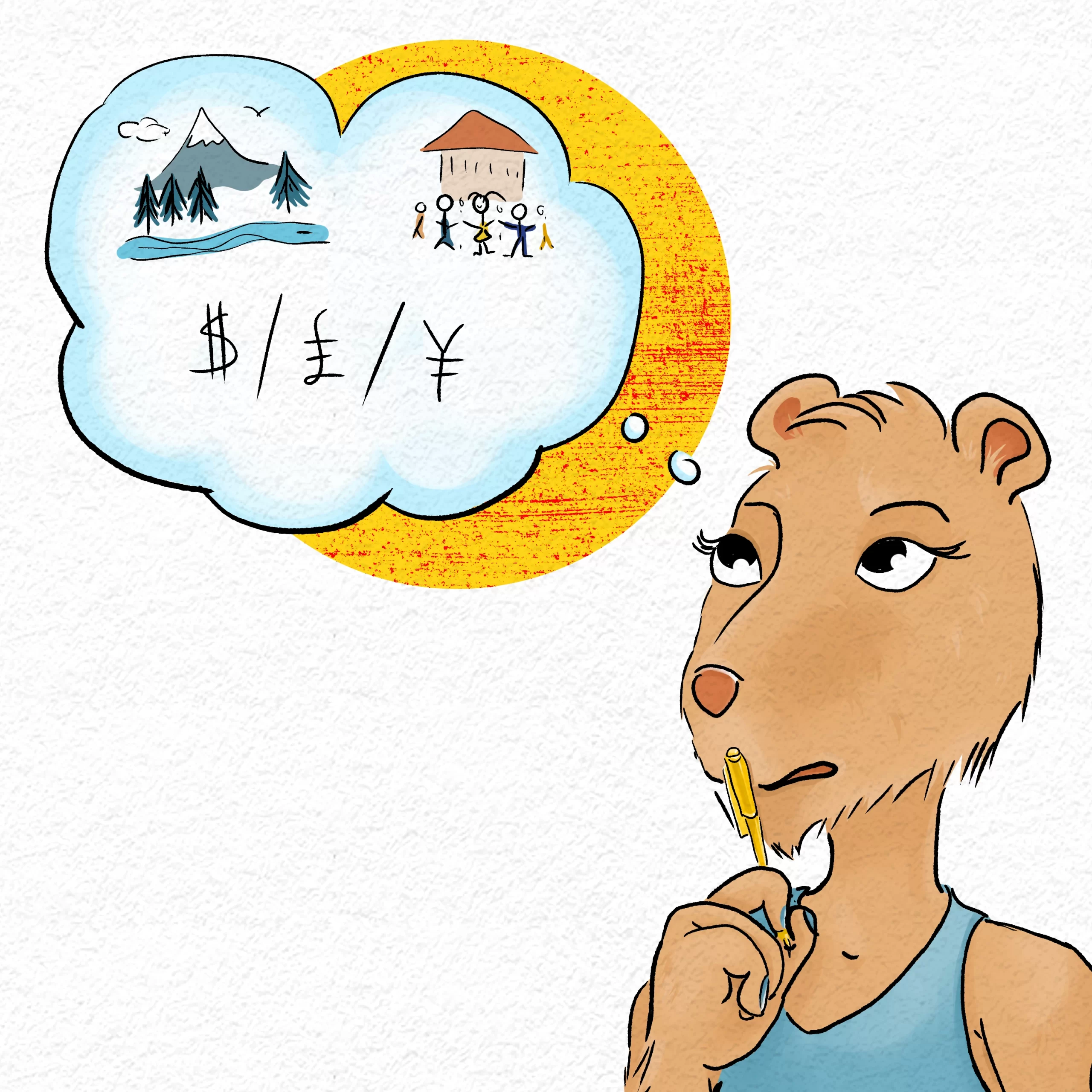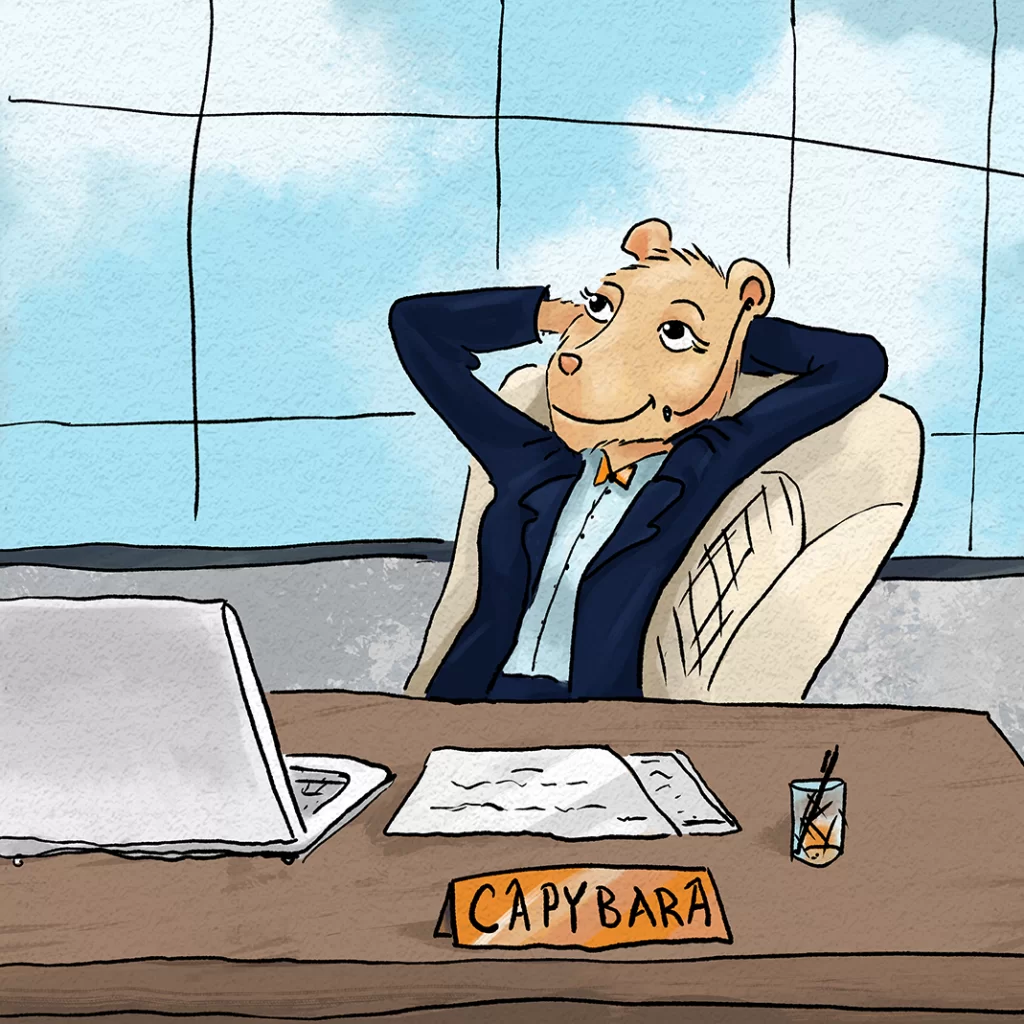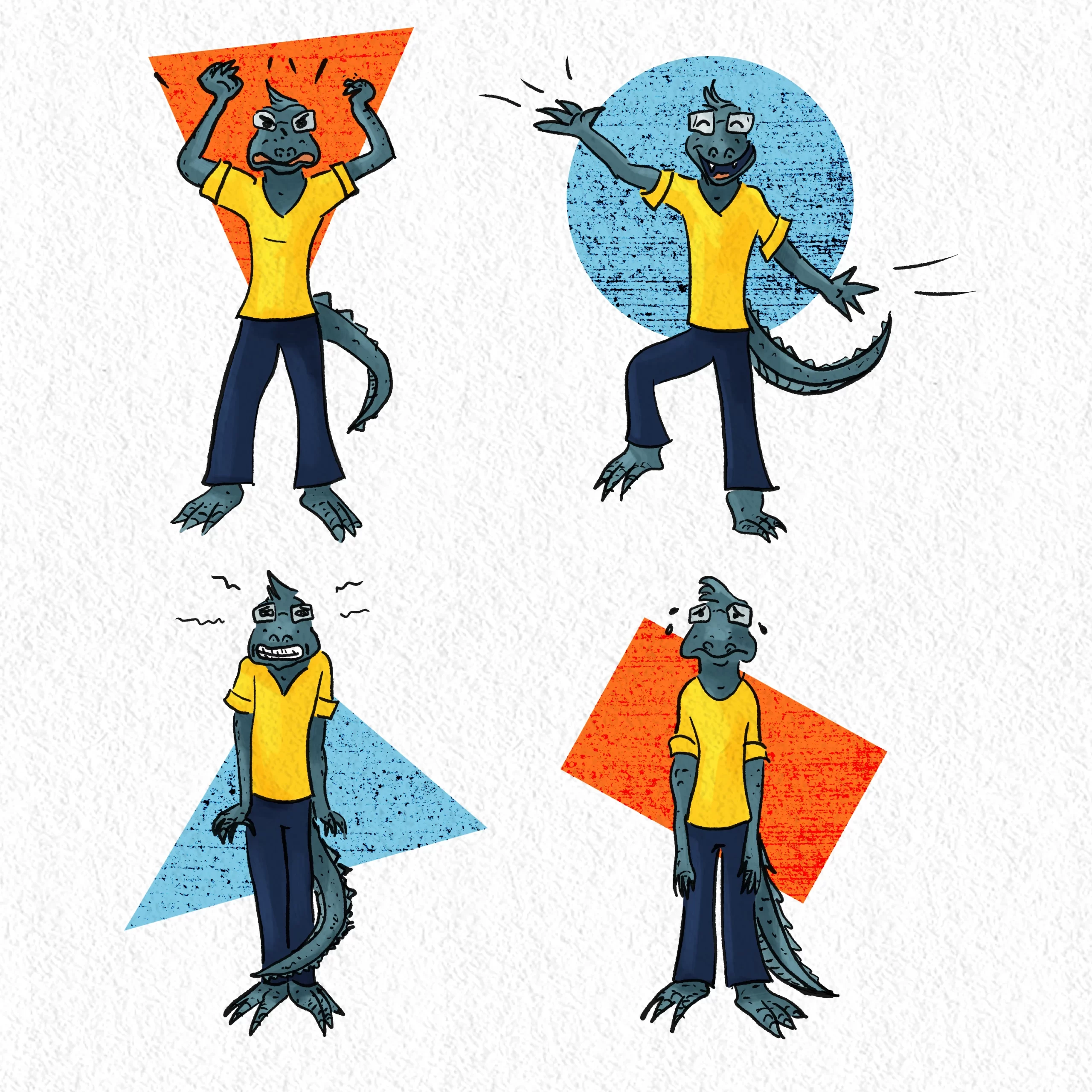
You’re excited about your idea for a new product! Now you want to run it through some quick screens to make sure it’s at least not violating any First Principles before you move on to the Prototyping and Testing phases. Don’t know what any of these things are? You might want to read about Design Thinking and/or First Principles before coming back to this article.
Anyway, your new product doesn’t attempt to create or destroy energy, so it is in the clear as far as the first law. What’s next?
After the First Law comes the Second Law!
Ok, you probably could have guessed that.

Thermodynamic what now? Sounds complicated and boring…
Stop panicking. You can understand this. Because you’re a brave person and you’re not afraid of words.
Yes, even when those words are long and unfamiliar. Remember from the first article in this series that a “system” just means any small portion of the universe that you’re considering at the moment. But we’re talking about first principles here.
In Gary’s case, “The System” is his oven.
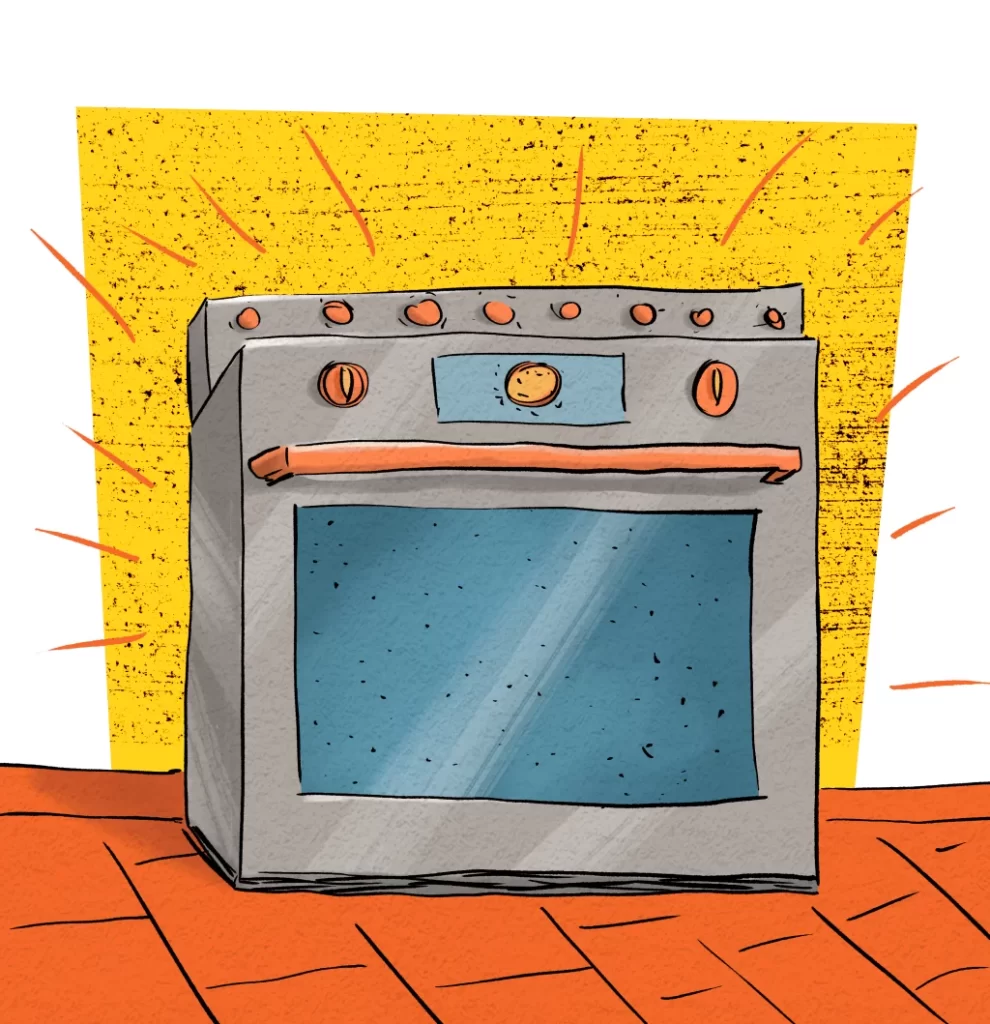
Gary’s first idea, an oven that created its own energy, violated the First Law of Thermodynamics. So he scrapped that and came up with a new idea:
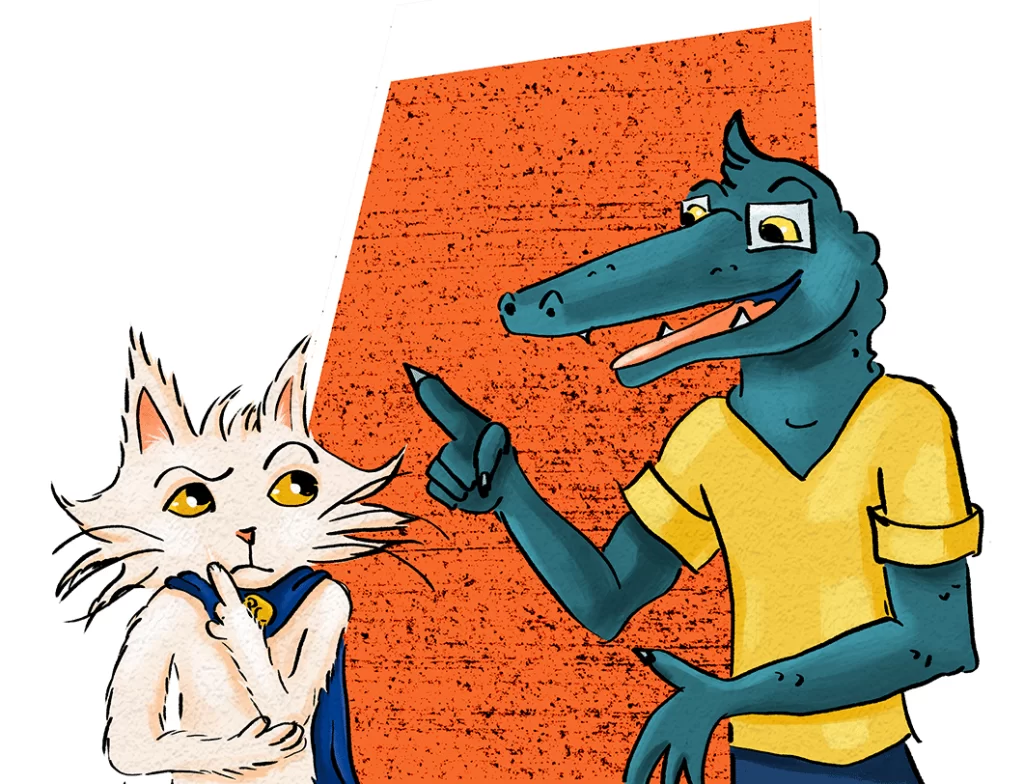
Gary’s new idea is an oven that cooks food while eliminating the need for air conditioning! It only works in hot climates, but the Sunbelt is a growing market. All he needs to do is find a way to get the heat from the hot room to move into the oven…
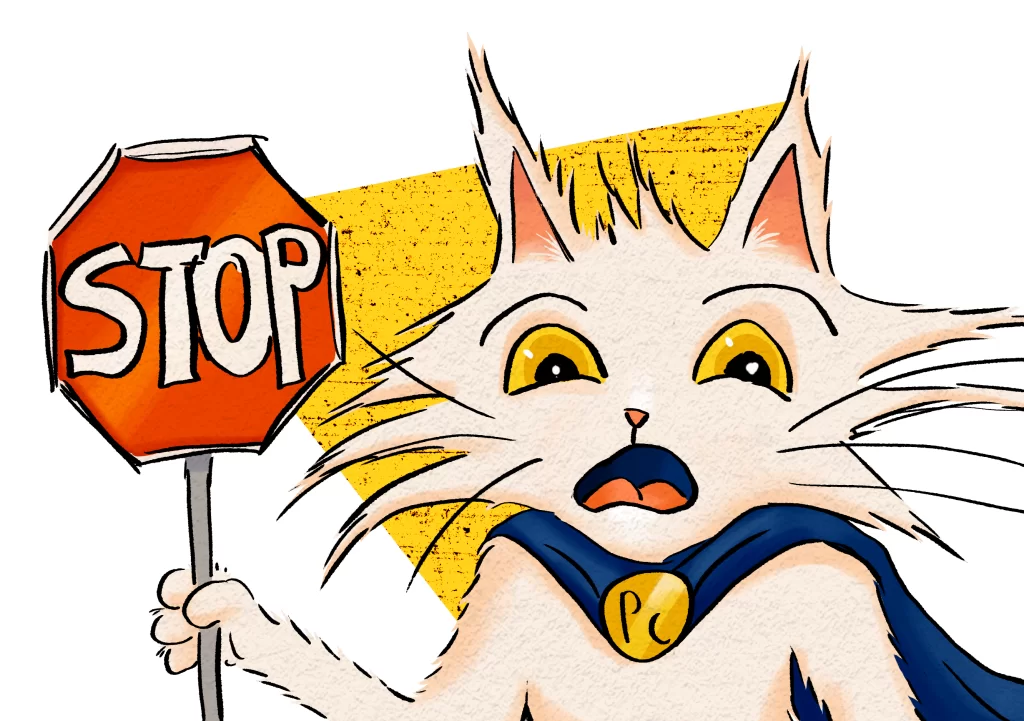
The Second Law
The second law of Thermodynamics states that if two systems are brought into contact with each other and allowed to interact, they will come into THERMODYNAMIC EQUILIBRIUM!!!
Ok, let’s break that down. In Gary’s example, one “System” is his oven and the other “System” is the hot room. “Brought into contact and allowed to interact” is basically a fancy way of saying that the OVEN is in the ROOM.
Yes, fine, it also means that heat (or other types of energy) can flow from the oven to the room or from the room to the oven as is usually the case*.
What about the Principles of Thermodynamic Equilibrium?
Great question. Thermodynamic Equilibrium means that energy (of which heat is one form) will come to be the same in both systems.
In other words?

But astute readers will note that often there are warm ovens contained within cool rooms! So what gives? The keyword is “spontaneously.” Heat can be made to flow from a cool area to a warm area with the input of additional energy. (For example, you may be familiar with air conditioning units powered by energy in the form of electricity.) But the point is, there’s no way to make the heat flow from a cool room into a warm oven without consuming energy.
The room and oven will come to be at the same temperature unless you introduce additional energy to make it happen. This brings us back to, well, an oven that uses energy. (Just like all ovens.)
Weekly Challenge:
As with the principles of the First Law, just understand the Second Law on a basic level and work it into your process for culling out ideas during the “Red Light Thinking” phase of your Design Thinking process. And come back next time to learn about… well, I hate to spoil, but… what comes next is called the Third Law 😉
*Note for advanced readers: an example of a situation where we limit the interaction of one system with another is when we fill a cooler full of food or drinks and ice and bring it to the beach. In this case, one system is the contents of the cooler and the other system is the beach. The insulation of the cooler slows down the interaction of one system with the other. This way, our libations stay cool longer. But also note that the insulation doesn’t perfectly isolate the “snacks and drinks” system from the “beach” system. (If we left our closed cooler at the beach for a month, our beer would get warm.) The same is true to varying degrees for any real-world system.
